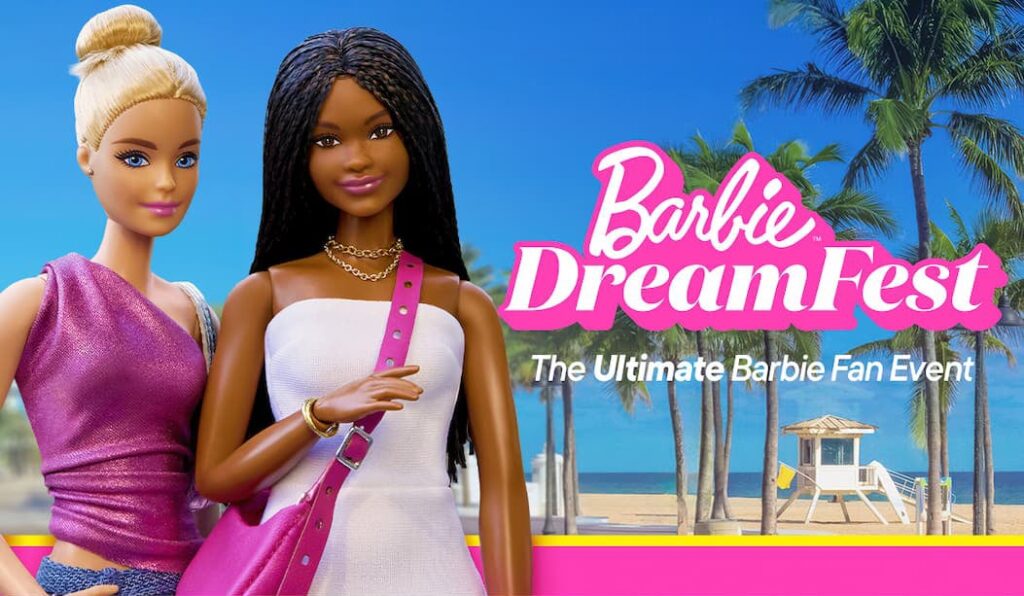United Airlines has proven that the way to a passenger’s wallet is through his stomach.
The Chicago-based airline found that it could earn another $2.4 million on some cross-country flights just by serving better food.
United tested meal upgrades on flights between Newark, NJ, and four West Coast cities. Passengers – especially the folks in coach – got bigger sandwiches, better salads, and brand-name desserts. Snack carts offered chips, veggies and dip, and finger sandwiches. First-class passengers got Mrs. Field’s brownies, new cocktail snacks, and a breakfast buffet on top of their usual savory fare. United touted the upgrades in a sweepstakes giving away airline tickets and ads aimed at frequent business travelers in USA Today and The Wall Street Journal. No other promos ran in the markets during the test.
For nine months in ’97, United dished out 500,000 good meals, then asked passengers whether they’d fly United for their next trip based on their overall flight experience. The number of passengers who said they’d definitely fly United again rose 9 percent in first class and more than 10 percent in economy. That’s double the 5 percent increase in re-purchase intent the airline was hoping for.
United figured that if only half those customers followed through and flew United the next time, it would get 2 percent more traffic, worth $2.4 million on those four routes.
“I’m secure in advocating quality food and beverage service as a proven way to win customer loyalty, build brand preference, and increase profits,” United’s director of onboard service Larry DeShon said in a speech to the Inflight Food Service Association last spring.
United has since hired celebrity chefs to design its meals. Silver Palate pro Sheila Lukins crafted the economy class menu; Martin Yan set the table for flights to Asia, and Two Hot Tamales called the shots to Central America. United also added more premium brands, like Starbucks coffee and Ben & Jerry’s ice cream, and upgraded its snack box.
The test actually began with a $1 million carrot. Foodservice leader LSG/Sky Chefs offered $1 million to the airline that could prove whether more food affects a passenger’s choice of airline. LSG/Sky Chefs chose United’s over other airlines’ proposals, and ponied up the money to fund the test.
The results were just desserts for LSG/Sky Chefs, with a sales lift that pays back handsomely on the investment. LSG/Sky Chefs parent Lufthansa reported total U.S. sales rose 6 percent to $607 million for fiscal ’97. A separate passenger survey conducted in 1998 found that among frequent business flyers (what LSG/Sky Chefs calls “Blue Suit Gourmands,” mostly men 35-54 with high incomes), 56 percent would try to fly an airline with superior foodservice, 46 percent would pay more for excellent food, and 27 percent would pay more for customized meals.



